
Many see Lego as a toy rather than a tool for life long learning. James Child reveals all.
No matter your age, race, religion or background, strangely one thing that seems to unite us all, is that at some point in our lives we’ve been lost in a world of imagination that consists solely of small plastic interconnecting bricks.
In the 1990’s Lego created the ultimate construction Lego Land, they developed their toys through the 00’s until a recent explosion of Lego based paraphernalia entered our lives. Popularity grew to an all-time high, with the release of ‘ The Lego Movie’ which was critically acclaimed and is set for a Batman spin-off in 2017. In June it was announced that the University of Cambridge was hiring a professor of Lego. Lego has become embedded in popular culture and in our lives, from education to entertainment, even live action adverts have been recreated in Lego.
As a child Lego was always important to me, maybe it was due to my dyslexia which sought out activities that encouraged creativity and construction. Not only was I building houses, cars and fortresses, I was building character, coping strategies and the ability to find new ways to achieve goals, with limited resources.
Interestingly enough, a lack of resources and a strong imagination were also the foundation of the Lego story. Until recently I never realised how inspiring the story of Lego is and the many lessons dyslexics can learn from, Lego’s founder Ole Kirk Christiansen. After watching the history of Lego, it’s easy to spot the various characteristics and traits Ole and dyslexics share.
Some of these traits include Resilience; when a storm hits the Lego factory destroying Ole’s workshop. Instead of giving up Ole rebuilt a stronger factory and started production again. Delegation and team work were essential to the Lego story.

Ole was a wonderful carpenter and made the highest quality of toys, but if it was left to him his toys would have never left the factory shelves. Ole realised his son Godtfred had a knack for sales and delegated this responsibility to him. Realising and understanding each others’ strengths and weakness’ meant manufacturing and distribution were managed by the people with the best skills set for the job. This was essential in getting Lego out of its financial crisis.

On discovering a plastic moulding machine, Ole wasn’t sure what he would create with it, but his intuition paid off, demonstrating that learning to trust your gut instinct can be important. As dyslexics we sometimes need to perform mental acrobatics to create order in are thoughts. So we sometimes lump processes together to form habits. Habits can be mental as well as physical. When these lumped processes present us with ‘random’ ideas or solutions; it can be hard to make decisions based solely on instinct. Ole learnt to trust his.
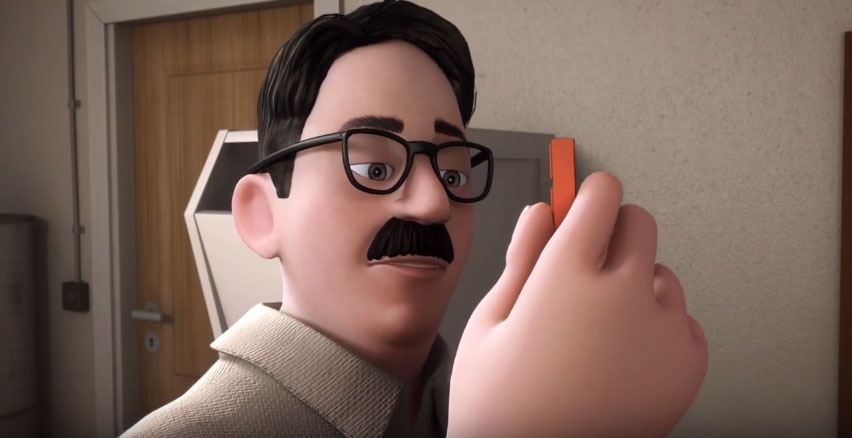
Dyslexics are also known for their creativity and innovative ways to solve problems, these are the same traits Godtfred showcased when discovering a “system” which would revolutionise the way children interact with toys.
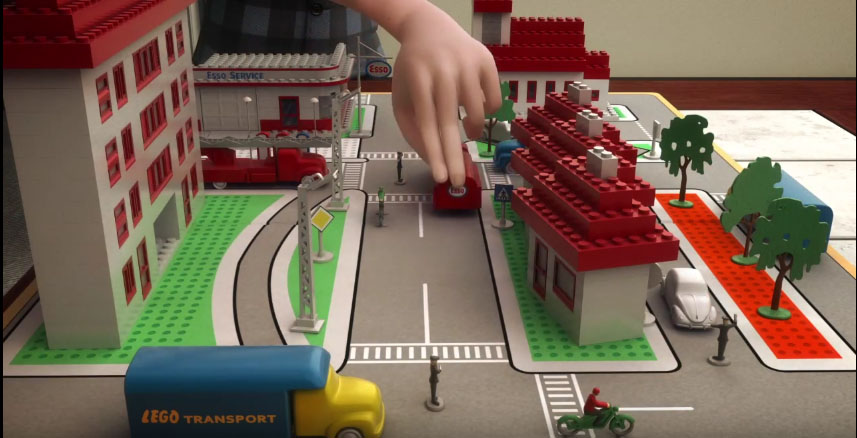
With the various setbacks and challenges Ole and his son faced, this never stopped them from turning a small toy workshop into a thriving and influential toy company. As Lego continues to impact many aspects of our lives, it’s inspiring to reflect on Lego’s small and humble beginnings. What’s special about the Lego brick is that it allows for multiple interpretations. Some may consider it a simple toy but for me Lego, like its Latin translation ‘I put together’ represents the foundation of invention.
So what’s next for the humble Lego brick? From the looks of it Lego are getting in on the crowd funding band wagon with their ‘LEGO Ideas’ platform.‘ LEGO ideas allows anyone to pitch an idea for a Lego set. Users of the site vote on what they would like to see made into a real set, If you get over 10,000 votes, not only will your set be made a reality but you could also share in the profits.
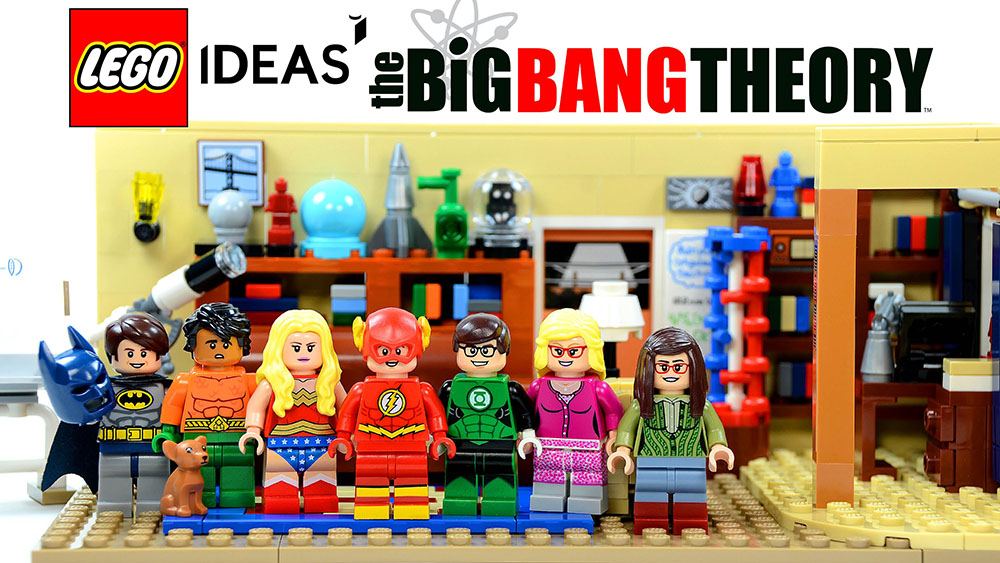
With the creative genius that many of us Dyslexics possess, I’m sure someone reading this has the potential to pitch and Idea for the next big Lego craze!
Words by James Childs
If you like this post subscribe to this blog, join our newsletter or follow us on Facebook or Twitter to keep up to date with new content. You might also like our podcasts.
The Codpast is a multimedia production from www.extraordinaire.tv


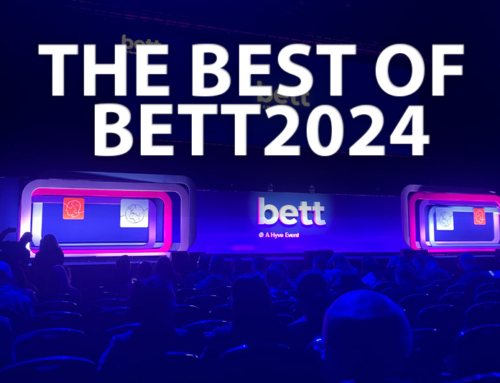


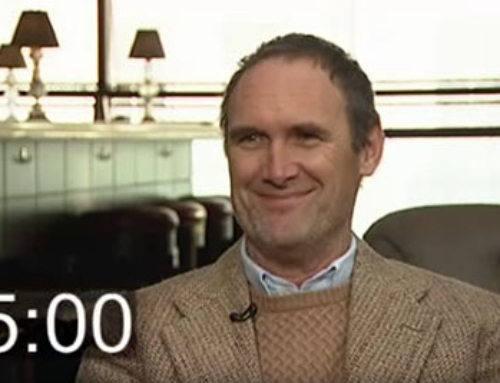

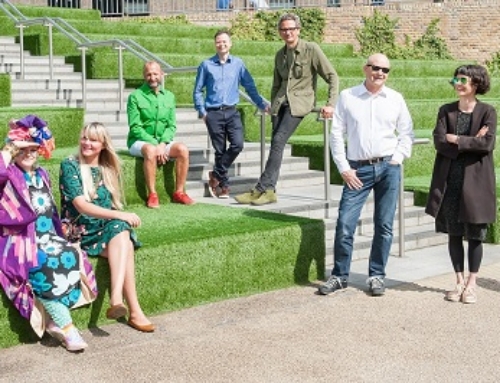
Leave A Comment